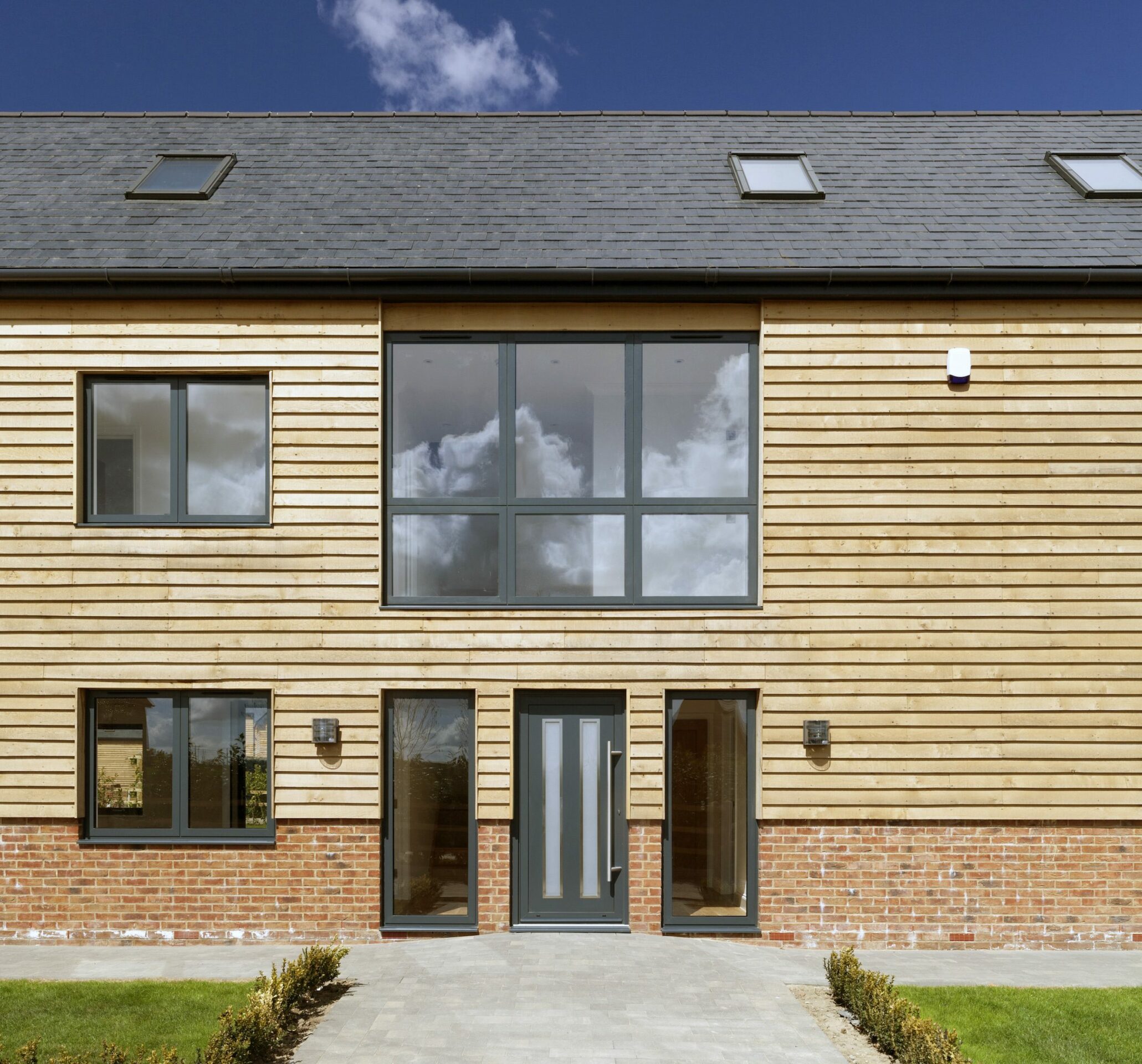The installation of new windows and doors are covered by current Building Regulations. Specifically, Building Regulations state that replacement windows whether for new extensions or homes and for the replacement of old windows must meet minimum Window Energy Ratings.
The current version of the Building Regulations (2013) requires windows, doors and rooflights to new constructions to have a U Value of no less than 2.00W/m2K. For replacement windows to an existing property the U Values should be no less than 1.6W/m2K or a Window Energy Rating of C.
What are Window Energy Ratings (WER’s) and what should you know about them? If you are currently looking at double glazing for your home the energy rating of your new windows is certainly going to be mentioned.
How Window Performance is Measured.
There two two different ways that the energy efficiency of a window can be measured. One is a Window Energy Rating and the other is a U Value.
Both are intended to give you an indication of the thermal efficiency of your new windows and they present their information in two different ways.
What is a U Value?
A U Value is measures in Wm2K and looks at how a new window minimises heat loss and how thermally efficient it is at keeping the heat in.
A U Value is a single measure of the performance of a window. It will be calculated by taking the thermal performance of the glass and the thermal performance of the framing material used to arrive at the U Value. The lower the U Value, the better the performance of a window.
What is a Window Energy Rating?
Window Energy Ratings essentially do the same, taking the U Value but also looking at solar gain and heat loss. Also in the calculation is whether heat is lost through air penetration in the home.
With Window Energy Ratings you’ll be provided with information in the form of a label similar to those found with domestic appliances. Windows are rated using a scale from A to G. A window energy rating of A being the most thermally efficient and G rating being the least.
What is best? U Values or Window Energy Ratings?
U-values on windows will give you an actual measurement for Thermal efficiency. Window Energy Ratings won’t provide you with this actual measurement but are used as a guide.
You’ll find the domestic home improvement market leans towards Window Energy Ratings to make it simpler for the consumer. Comparatively commercial buildings and architects prefer the U Value method.
Whilst the home improvement sector actively markets A rated windows, it’s important to remember that a C rated window not only meets current Building Regulations but is also still a very thermally efficient window. The differences between an A, B or C rated window are not substantial and each window type will still save you money on your heating bills and heat lost through the home.







